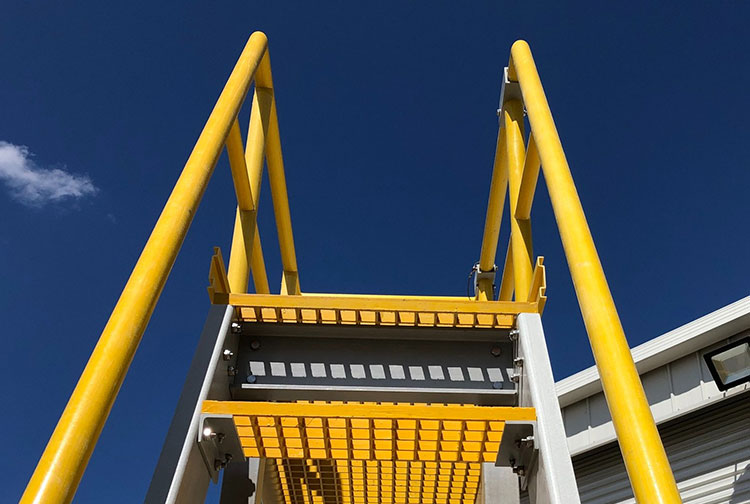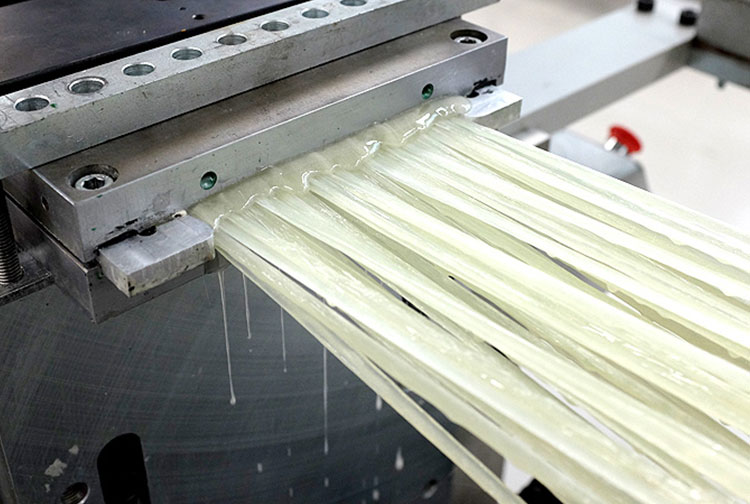fiberglass reinforced plastic structure
FRP, an acronym that stands for Fiberglass Reinforced Plastic, is a composite material renowned for its strength, durability, and versatility. This innovative material has found its way into numerous industries, from construction and automotive to marine and aerospace. In this comprehensive guide, we will delve into the intricacies of FRP, exploring its composition, properties, manufacturing process, and diverse applications.
What is Fiberglass Reinforced Plastic (FRP)?
Fiberglass reinforced plastic is a composite material created by combining fiberglass fibers with a resin matrix. The fiberglass fibers provide the material with its strength and stiffness, while the resin acts as a binding agent, holding the fibers together. The most commonly used resins include polyester, epoxy, and vinyl ester.
Composition of FRP
Fiberglass: Thin filaments of glass that are woven together to form a fabric. The fiberglass provides the tensile strength and stiffness to the composite material.
Resin: A polymer that acts as a binder, holding the fiberglass fibers together. The choice of resin depends on the specific application and the desired properties of the final product.
Properties of FRP
1. High Strength-to-Weight Ratio: FRP offers an excellent combination of strength and lightweight, making it ideal for applications where weight is a critical factor.
2. Corrosion Resistance: FRP is highly resistant to corrosion from chemicals, acids, and alkalis, making it suitable for harsh environments.
3. Dimensional Stability: FRP exhibits excellent dimensional stability, meaning it is resistant to warping, shrinking, and expanding.
4. Electrical Insulation: FRP is a non-conductive material, making it an excellent choice for electrical applications.
5. Design Flexibility: FRP can be molded into a wide variety of shapes and sizes, making it a versatile material for custom applications.
Manufacturing Process of FRP
The manufacturing process of FRP typically involves the following steps:
1. Preparation of the Mold: A mold is created to give the desired shape to the FRP product.
2. Laying Up the Fiberglass: Fiberglass layers are placed in the mold according to the desired thickness and reinforcement pattern.
3. Resin Infusion: The resin is infused into the fiberglass layers to bind the fibers together.
4. Curing: The composite is cured under heat and pressure to harden the resin and create a strong bond between the fibers.
Applications of FRP
FRP finds extensive use in various industries due to its unique properties:
1. Construction: FRP is used for roofing, cladding, flooring, and as a reinforcing material in concrete.
2. Automotive: FRP is used in the manufacturing of automotive components such as body panels, spoilers, and hoods.
3. Marine: FRP is widely used in boat hulls, decks, and other marine applications due to its corrosion resistance and lightweight properties.
4. Chemical Processing: FRP is used to construct tanks, pipes, and equipment for handling corrosive chemicals.
5. Aerospace: FRP is used in the manufacturing of aircraft components such as radomes and fairings.
Advantages of FRP
1. Durability: FRP is highly durable and can withstand harsh environmental conditions.
2. Versatility: FRP can be molded into a wide variety of shapes and sizes.
3. Lightweight: FRP offers a high strength-to-weight ratio.
4. Corrosion Resistance: FRP is highly resistant to corrosion.
5. Electrical Insulation: FRP is a non-conductive material.
Disadvantages of FRP
1. Higher Initial Cost: FRP can be more expensive than traditional materials such as steel or wood.
2. Repair Challenges: Repairing damaged FRP can be more complex and expensive.
3. Limited Temperature Range: FRP may have limitations in high-temperature applications.
Conclusion
Fiberglass reinforced plastic (FRP) is a versatile composite material with a wide range of applications. Its unique properties, such as strength, durability, and corrosion resistance, make it an ideal choice for many industries. By understanding the composition, properties, and manufacturing process of FRP, engineers and designers can make informed decisions about its use in various applications.
 +86 15303735673
+86 15303735673 Jessica@frpzs.com
Jessica@frpzs.com
 Technical Data
Technical Data













